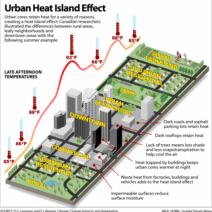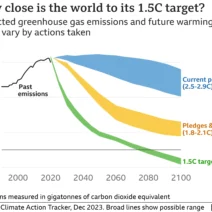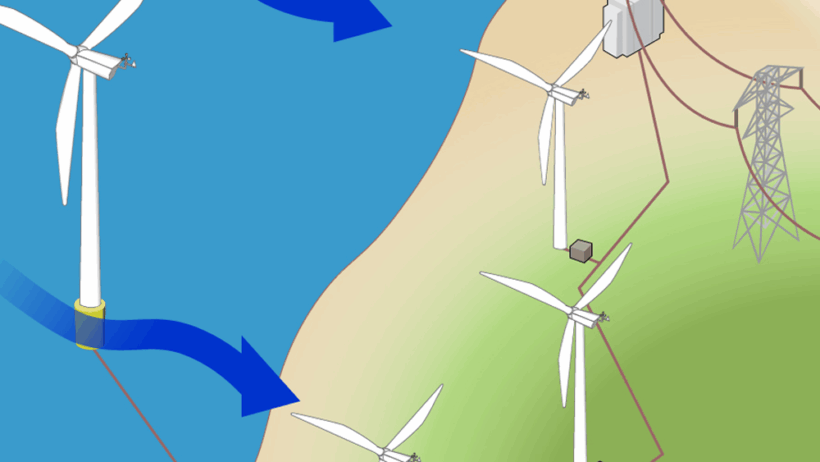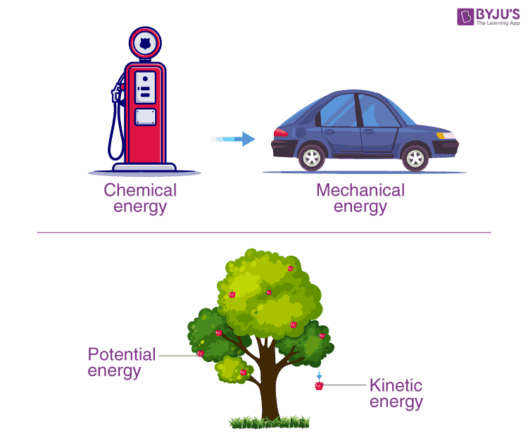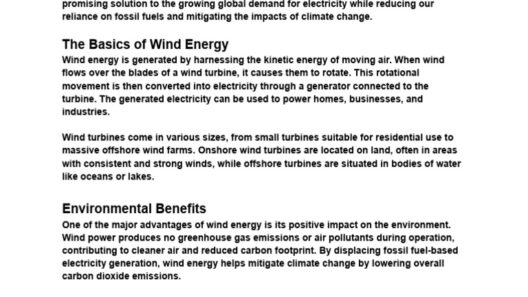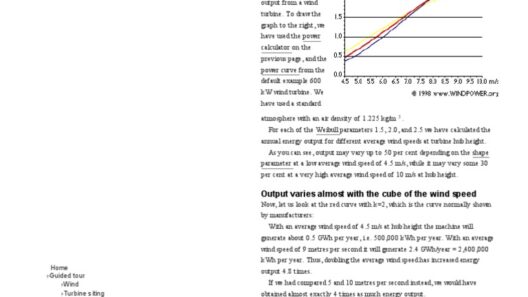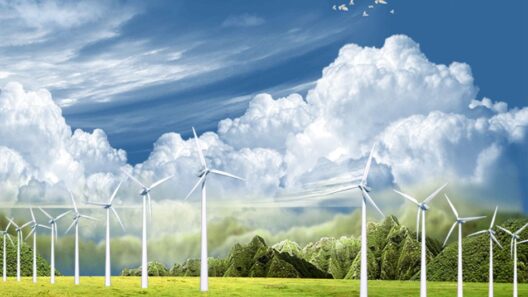Wind energy has emerged as a venerated beacon of sustainability, harnessing nature’s breath to generate power in a manner that is not only efficient but also profoundly elegant. The technology behind wind turbines—those towering, graceful structures—unfolds a fascinating narrative of engineering excellence and a commitment to renewable energy. This discourse invites you to delve into the intricate mechanics of how wind energy is generated, unveiling the synergy between nature and technology.
The genesis of wind energy begins with the whispering winds that sweep across the landscape. These winds are harnessed by wind turbines, which convert kinetic energy into electrical energy. But how does this transform into usable power? Understanding the architecture and dynamics of wind turbines is essential to appreciate this renewable resource fully.
At the heart of a wind turbine lies its rotor, comprised of blades that rotate as the wind flows over them. When wind strikes the blades, a phenomenon known as lift occurs, which propels the blades into motion. This dynamic motion of the rotor is pivotal, for it is this movement that sets in motion the entire process of energy transformation. The rotor’s design, often reminiscent of delicate wings, is meticulously engineered to maximize efficiency, capturing the wind’s energy with remarkable efficacy.
Once the rotor begins to spin, it turns a shaft connected to a gearbox within the nacelle—a critical component perched atop the turbine tower. The gearbox amplifies the rotational speed of the rotor, enabling the generator to produce electricity. This embedded generator, another masterpiece of engineering, is where the kinetic energy is transformed into electrical energy. As the rotor turns, the generator’s coils spin within a magnetic field, creating an electromagnetic reaction that ultimately produces alternating current (AC) electricity.
The captured electricity fluctuates based on wind conditions and must be transformed into a stable, usable form. This is encapsulated in the role of the inverter, which converts the generated AC electricity into direct current (DC), aligning it with the grid standards for distribution. This seamless transition from the natural movement of wind to electrical power showcases the ingenuity of modern engineering, intertwining form and function.
Wind turbines, while primarily recognized for their practical efficacy, also present a remarkable visual and aesthetic appeal. Standing tall against the skyline or scattered across rolling hills, these giants epitomize the fusion of technology and nature. The stark white blades against a cerulean sky or the rhythmic motion as they harness the winds add a picturesque quality that has the potential to alter the perception of energy generation. Indeed, wind farms offer a landscape that is simultaneously industrial and surreal, captivating the onlooker’s imagination.
Despite their beauty, the deployment of wind turbines also invites scrutiny. There are challenges associated with their installation, including considerations of ecological impact and landscape aesthetics. Stakeholders must navigate the delicate balance between embracing renewable energy sources and preserving natural vistas. However, with technological advancements, many wind energy facilities are designed to minimize their ecological footprint, often blending more seamlessly into their surroundings.
The maintenance of wind turbines is another crucial aspect of their operation. Given their exposure to the elements, these clean energy machines require regular upkeep to ensure efficiency and longevity. Innovative monitoring technologies, including drones and sophisticated software, are revolutionizing maintenance practices. They allow for real-time assessments of turbine health, ensuring that potential issues are addressed before they escalate into major problems—enhancing not only performance but also the sustainability of energy production.
Furthermore, wind energy plays a pivotal role in mitigating the consequences of climate change. As one of the cleanest sources of power, wind generation emits no greenhouse gases over its operational lifespan. This characteristic positions wind energy as an essential component in the transition towards sustainable energy systems. The consequential reduction in reliance on fossil fuels is a critical milestone in combating global warming and ensuring the health of our planet for future generations.
Additionally, technological advancements continue to enhance the efficiency of wind energy production. Innovations in blade design, materials science, and turbine size are progressively increasing the capacity of modern wind turbines. Where once smaller turbines prevailed, the trend towards larger, more efficient models is notable. Some of the most recent projects showcase turbines with blade lengths surpassing the wingspan of a commercial airliner, allowing them to capture greater volumes of wind and produce more electricity.
Looking towards the future, the role of wind energy is only expected to grow. With a global push for decarbonization and the integration of renewable energy into existing grids, the investment in wind technology is anticipated to soar. These developments not only signal a commitment to sustainability but also herald a new era of energy independence, providing nations with the ability to generate their power locally, mitigating the need for imported fossil fuels.
In conclusion, the process of wind energy generation is a testament to human ingenuity, marrying advanced technology with the raw forces of nature. Wind turbines stand as symbols of a cleaner future, inviting society to both marvel at their beauty and invest in their potential. As the world pivots towards sustainable energy solutions, embracing the intricacies of wind power generation can lead to a profound transformation—a journey fueled by the winds of change, perhaps even echoing the sentiments of those who cherish and protect our environment.
